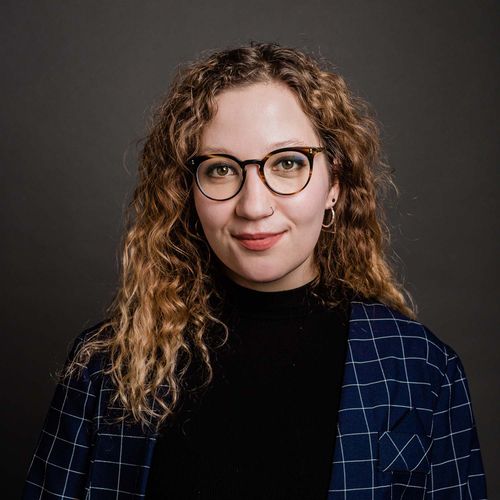SPH’s Michael Stein Explores Working-Class Americans with New Book
A Living: Working-Class Americans Talk to Their Doctor, is the 15th book from Stein

A Living is the fifteenth book by Boston University School of Public Health professor and former dean ad interim Michael Stein. Book cover via Melville House
SPH’s Michael Stein Explores Working-Class Americans with New Book
A Living: Working-Class Americans Talk to Their Doctor, is the 15th book from Stein
In A Living: Working-Class Americans Talk to Their Doctor (Melville House, 2025), readers meet a host of patients. They include Dennis, a clammer turned temporary caregiver for his aging father. Dennis’ drinking has cost him more than one job opportunity, and his doctor hopes Dennis can get it under control enough to return to what he clearly loves—hunting for quahogs with the ocean at his back.

The doctor in the book is Michael Stein, who served as dean ad interim of Boston University’s School of Public Health for the last year (the new permanent dean, Adnan Hyder, assumes the role starting August 15). A Living is Stein’s latest book, and Dennis is just one of the patients whose life experiences Stein highlights in it.
A Living is presented through a series of vignettes, which showcase conversations that Stein—who, outside of BU, works as a primary care doctor in a small urban community—has with patients. (All information is included with patient permission.) The conversations paint a picture of what it’s like to put your body on the line for a paycheck.
“What makes my group of patients unique is that the great majority do demanding manual labor,” Stein says. “These short scenes also allowed me to include close to a hundred different types of work, showing how varied manual labor is across our economy.”
Praise for A Living calls the book “very much America right now,” per one reviewer, author and scholar Bill McKibben. “Read it and you’ll understand your country better.”
Stein talked with BU Today about his book and the state of manual labor in America.
Q&A
with Michael Stein
BU Today: What prompted you to write A Living?
Stein: A Living is my 15th book and was inspired by Studs Terkel’s classic Working (Pantheon Books, 1974), which just celebrated its 50th anniversary and describes a wide set of jobs from the last century. As a physician, I am fortunate enough to have a special vantage and regular conversations with people who do manual labor, which has not been written about much lately. A Living is composed of snapshots of working lives, offering the dramas, disappointments, and frustrations people have with their colleagues, family, coworkers, supervisors, and themselves.
BU Today: In writing, what did you want readers to understand about your patient populace?
Stein: A Living offers a new look at what it’s like to have to work long hours at physical jobs for a paycheck in 2025 America. I divide the book into five parts: Identity, Losses, Connections, Survival, and Structure. In these sections, I try to capture the sense of accomplishment and satisfaction, the opportunities for initiative and self-expression that come from doing intricate work with one’s hands. Many of those working in harsh conditions doing tough physical labor or apparently unpleasant jobs actually find their work rewarding, even when it is not highly valued monetarily.
BU Today: Can you talk about some of the health issues and risks unique to manual work?
Stein: Work is what most of us do during most of our adult days. The work a person does has been underrated in its effects on health, both physical and mental. Listening to patients speak about work is, for me, a way of looking for the emotional narrative of illness, the psychological explanation for many vague symptoms, the personal history of pain—subjects which, by nature, always interest me. And these understandings can also help explain how the body breaks, allowing me to offer the most appropriate treatment. Caring for the broken mind and body is my job, my daily work, where I go for my own meaning and sense of belonging.
BU Today: In working with blue-collar patients, what are some of the most prescient things you’ve learned about the role of work in this country?
In A Living, I alert the reader to some important facts. Certain work is dangerous. Five thousand workers die on the job annually, with injuries sustained by nearly three million more. In addition, when there is no work, pain reappears in a population. The former chair of the Council of Economic Advisers calculated in 2017 that nearly half of all nonworking men were taking pain medication on a daily basis and argued that the increased prescribing of opioids could explain a lot of the decline in the male labor force. Opioid overdose rates are highest among occupations with the greatest physical work demands and least access to paid sick leave. Improving our national sick leave policy is a public health issue that connects directly with taking care of individual patients.
This interview has been edited and condensed for clarity.

Comments & Discussion
Boston University moderates comments to facilitate an informed, substantive, civil conversation. Abusive, profane, self-promotional, misleading, incoherent or off-topic comments will be rejected. Moderators are staffed during regular business hours (EST) and can only accept comments written in English. Statistics or facts must include a citation or a link to the citation.